Home security is paramount in today's world, serving as the frontline defense against potential threats and ensuring the safety of our loved ones and possessions. With advancements in technology, there are various types of security cameras available, each designed to cater to specific areas and functions around the home. By strategically combining them, homeowners can achieve comprehensive security coverage, offering peace of mind by monitoring every corner and providing a deterrent against intruders, thereby guaranteeing their home's safety.
Let's embark on a journey through the lens of different types of security cameras and uncover how they each play a pivotal role in fortifying your home against unwelcome surprises.
1. Outdoor cameras: The bold outdoor defenders
Outdoor security cameras, a prominent type among various types of security cameras, serve as a critical component of home security systems. They are built to withstand various environmental conditions and play a pivotal role in deterring potential intruders by providing a visible security presence. The primary purpose of outdoor cameras is to survey and record areas outside the home, such as gardens, driveways, and entry points, offering homeowners a way to keep a vigilant eye over their property’s boundaries and detect any suspicious activity.

Benefits of using outdoor cameras for perimeter surveillance
- Deterrent to Intruders: The presence of cameras itself can deter potential burglars.
- 24/7 Monitoring: Continuous surveillance of your property, even in the absence of physical presence.
- Evidence Collection: In the event of a security breach, cameras provide valuable evidence that can help in investigations.It’s important to select one that supports cloud storage, so that you can review the footage even when the SD card is stolen or damaged.
Features to consider when selecting outdoor cameras
When selecting outdoor cameras, several key features should be considered to ensure maximum efficacy and reliability:
- Weather Resistance: Cameras should be durable enough to withstand rain, wind, dust, and temperature extremes.
- Night Vision Capabilities: Since a lot of security breaches happen at night, having cameras with strong night vision ensures clarity in footage, even in low light conditions.
- Motion Detection: This feature alerts homeowners to any activity within the camera’s field of view, allowing for immediate action or monitoring.
- Solar-Powered vs. Traditional Power Options: While traditional powered cameras require a consistent power source and are often praised for their reliability in continuous operation, solar-powered options present an eco-friendly alternative that simplifies setup and reduces dependency on conventional power sources.
Outdoor security cameras, especially when equipped with the latest technology, provide a solid foundation for a comprehensive home security system. Whether opting for solar-powered or traditionally powered models, the integration of these cameras into a home’s security setup can significantly enhance safety and security measures around the property.
2. Indoor cameras: The discreet indoor watchers
Indoor security cameras, an integral part of the diverse array of types of security cameras, are crucial for thorough home surveillance. They offer protection not only from potential intruders but also enable homeowners to keep an eye on pets, children, and elderly relatives. Equipped with a variety of features, these cameras bolster home security and deliver tranquility to residents by ensuring safety within the home's interior.

Key features and placement of indoor cameras
- High-Resolution Video and Night Vision: Ensure clear footage day and night.
- Two-Way Audio: Allows for communication through the camera, ideal for checking in on family or pets.
- Placement: Common areas, main hallways, near entry points, and rooms with valuable items are optimal places for indoor cameras. Placement should maximize coverage and minimize blind spots.
Privacy considerations
- Visibility: Ensure cameras are visible to respect the privacy of guests and household members.
- Areas to Avoid: Bathrooms, bedrooms, and other private spaces should not have cameras unless specifically needed for security or monitoring special situations.
- Data Security: Use cameras with encryption and secure your home network to protect against unauthorized access to your video feeds.
Indoor cameras’ role in monitoring and deterrence
- Monitoring Interior Activities: Keep an eye on babysitters, service people, or simply watch over children and pets.
- Deterrence: The presence of cameras can deter potential burglars and misbehavior within the home.
Technology integration
- Motion Detection and Auto Tracking: Advanced cameras can detect movement and automatically follow the activity, ensuring comprehensive coverage of incidents.
- One-Touch Call: Some models offer a call function, enabling a direct line of communication at the touch of a button, providing added security for family members who may need assistance.
Tips for maximizing use
- Strategic Positioning: Place cameras at entry points and in areas where high-value items are stored. Ensure they cover as much area as possible without obstruction.
- Utilize Mobile Apps: Most indoor cameras come with a companion app. Use it to check live feeds, receive alerts, and adjust settings remotely.
- Regularly Update Software: Keep your camera's firmware updated to ensure you have the latest security patches and features.
Indoor cameras are a key element in safeguarding the inside of your home. By understanding their features, respecting privacy considerations, and strategically placing them throughout your home, you can significantly enhance your home's security system.
3. Floodlight cameras: The illuminating protectors
Floodlight cameras represent a powerful synergy between illumination and surveillance, crafted to enhance home security by combining high-intensity lighting with continuous video recording.

The dual role of floodlight cameras
These devices are ingeniously designed to fulfill two critical security functions simultaneously. Firstly, they provide ample illumination in darkness, significantly improving visibility around your property. Secondly, they offer vigilant surveillance, ensuring every moment is captured, thus contributing to a safer home environment.
- Two Light Modes:
Motion-Triggered Light: Automatically illuminates areas within its detection range upon sensing motion, enhancing the camera's visibility and deterrence capability.
Custom Lighting: Allows homeowners to set lighting schedules or maintain constant illumination in specific areas, providing flexibility in how they secure their home.
- High-Quality 7x24 Video Recording:
Floodlight cameras offers around-the-clock recording in high resolution, ensuring that no detail goes unnoticed, regardless of the time of day.
Benefits of integrating floodlight cameras
- Deterring Potential Intruders: The sudden activation of bright lights can startle and deter trespassers, while the surveillance feature records any activity.
- Enhanced Nighttime Security: Continuous illumination and recording capabilities improve security during nighttime, a prime time for criminal activity.
- Comprehensive Property Coverage: When placed strategically, these cameras can illuminate and monitor even the most secluded corners of your property.
Installation tips and best practices
- Strategic Placement: Position your floodlight cameras to cover entry points and dark areas where intruders might hide or attempt to enter your property.
- Appropriate Height: Install the cameras high enough to prevent tampering, but within reach for maintenance. This also helps in achieving a broader surveillance area.
- Angle for Optimal Coverage: Adjust the floodlights and camera angles to ensure they illuminate and capture the intended areas effectively.
- Consider Neighbors and Privacy: Ensure that your floodlight cameras do not intrude on your neighbors’ privacy or cause light pollution.This point should not be ignored
By thoughtfully integrating floodlight cameras into your home security system, leveraging their dual capabilities of illumination and surveillance, and adhering to best practices in installation, homeowners can significantly enhance the safety and security of their residences. These devices offer a proactive approach to deter potential threats while providing continuous, high-quality surveillance coverage.
4. Video doorbells: The welcoming sentinels
Combining the traditional doorbell with the advanced technology of a security camera, video doorbells are the welcoming face of your home’s security system. They are designed to enhance security by allowing homeowners to monitor their front doors in real-time.

Enhancing front door security
- Visual Identification: Homeowners can see who is at the door before opening it, adding a layer of security.
- Remote Monitoring: Even when away from home, owners can monitor their front door via smartphone apps.
- Deterrent to Potential Intruders: The visible presence of a video doorbell can deter burglars and porch pirates.
Features and benefits of video doorbells
- Two-Way Audio Communication: Allows homeowners to communicate with visitors without opening the door, providing a safe way to interact with strangers.
- Motion Detection and Alerts: Video doorbells can alert homeowners to movement at their door, even if the visitor doesn’t press the doorbell, enabling early detection of potential threats.
- Live Video Feed and Recording: Continuous monitoring and recording capabilities ensure that all front door activities are captured, which can be crucial evidence in case of an incident.
- Integration with Other Home Security and Smart Home Devices: Many video doorbells can be integrated with existing home security systems and smart home devices, creating a cohesive and responsive security ecosystem. This integration can include triggering lights or other cameras based on the doorbell's alerts.
Video doorbells offer a versatile and powerful tool for enhancing home security, providing peace of mind with their array of features. By allowing homeowners to remotely monitor their front doors, communicate with visitors, and even deter potential intruders, these devices have become an essential component of modern home security strategies. The integration with broader home security and smart home systems further amplifies their effectiveness, making them a smart investment for those looking to upgrade their home security.
Final thoughts
All the four types of security cameras play a unique and vital role in creating a safer home environment. Outdoor cameras guard the perimeter, indoor cameras monitor inside activities, floodlight cameras combine illumination with surveillance, and video doorbells secure the front door. Investing in a multi-faceted security camera system offers comprehensive protection, covering all potential vulnerabilities. Homeowners are encouraged to assess their individual security needs carefully and select the appropriate mix of cameras to ensure their home is safeguarded effectively. Tailoring your security setup can provide peace of mind and significantly enhance your home's safety.






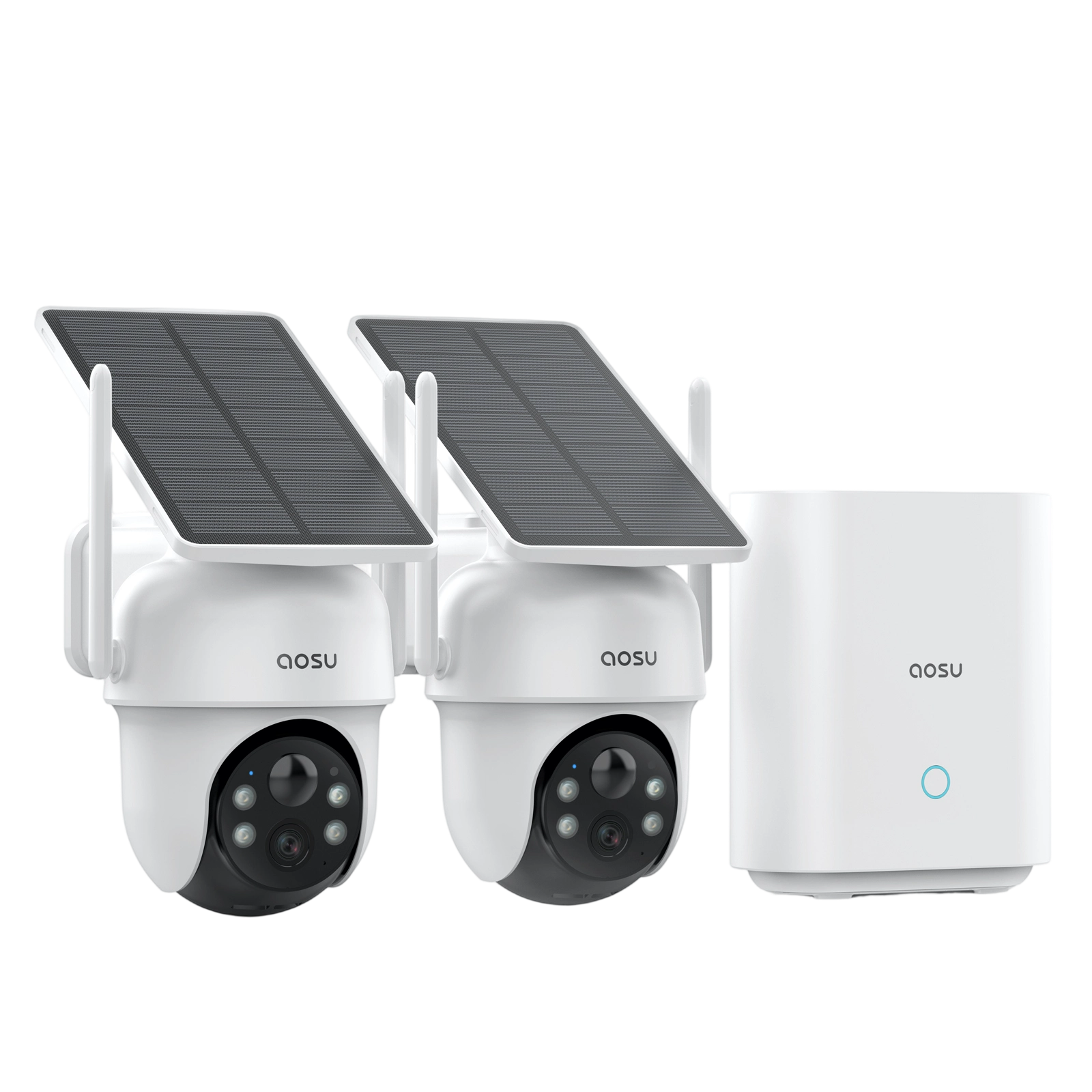
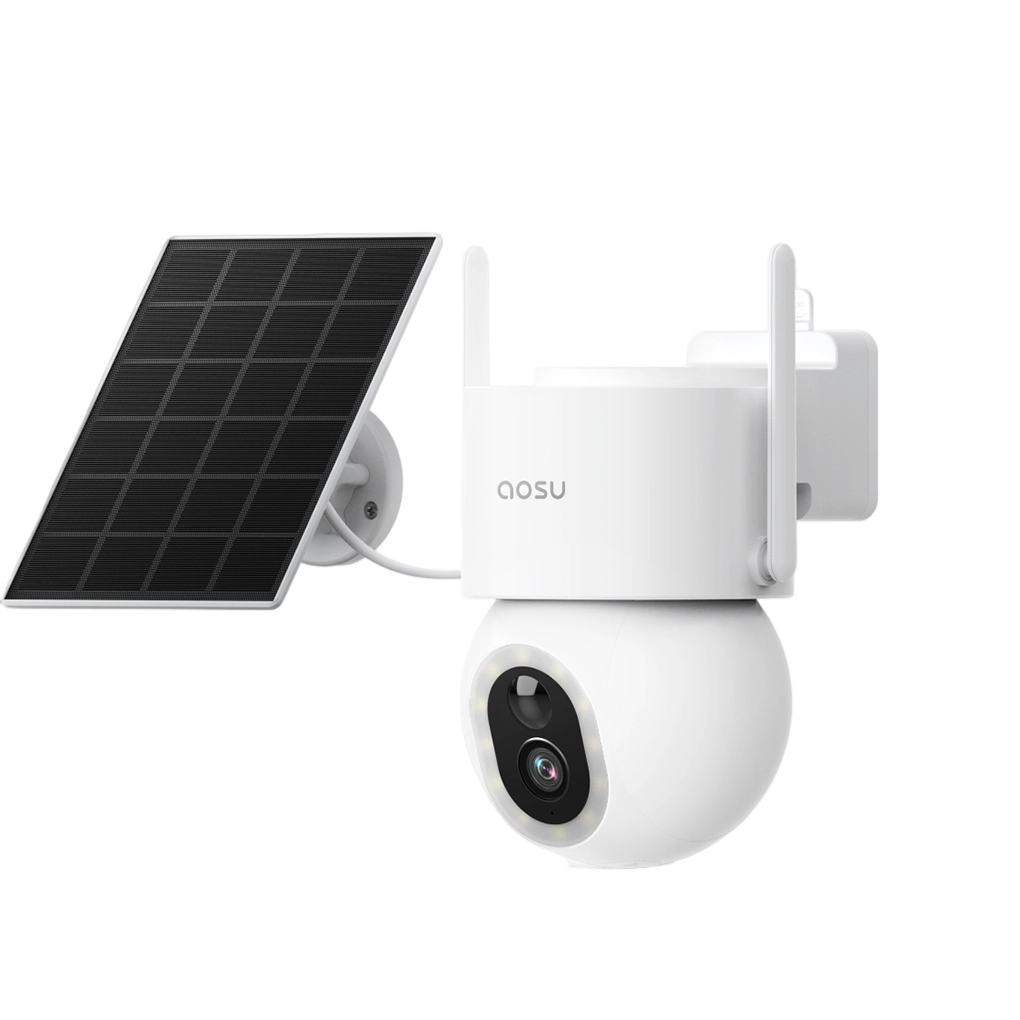
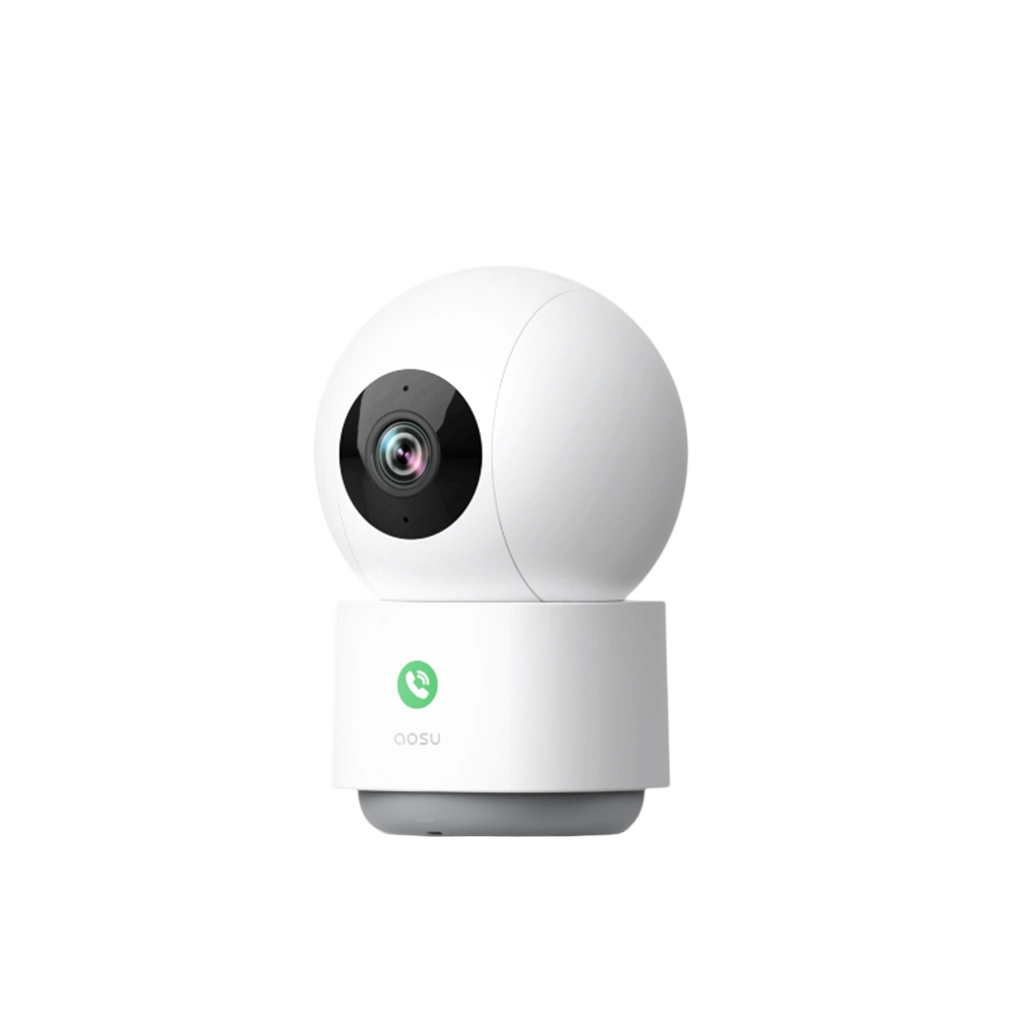
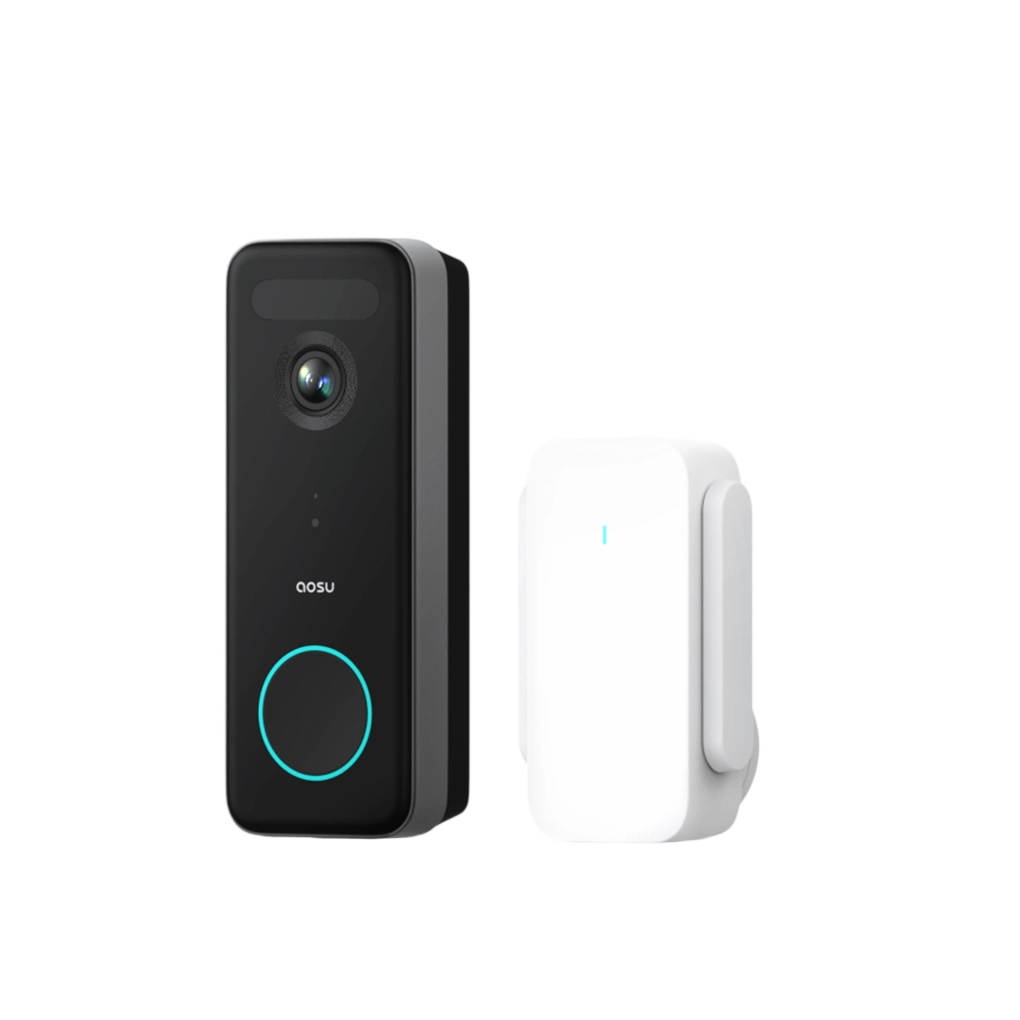
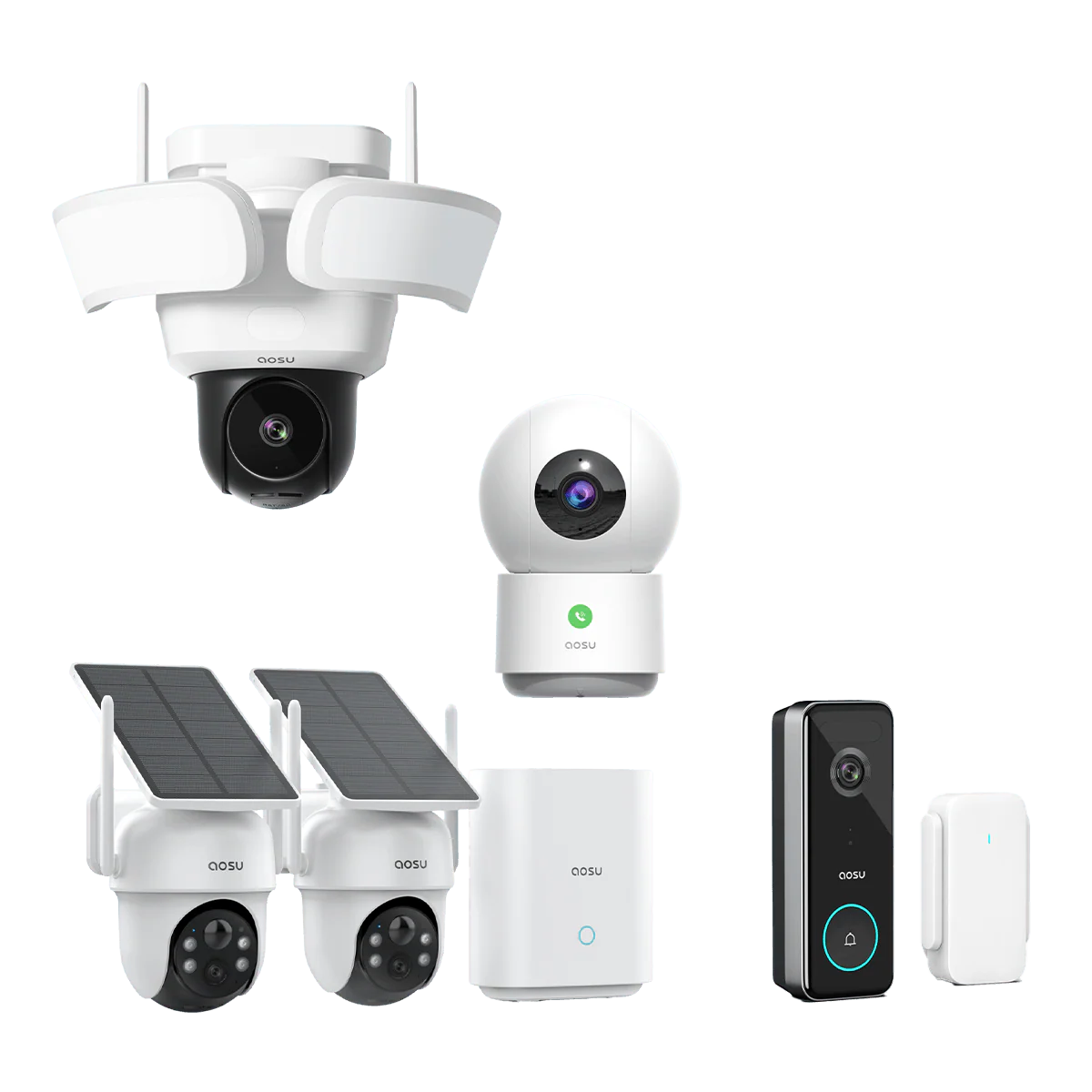
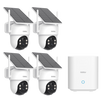
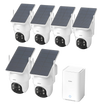
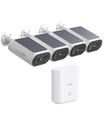

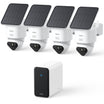
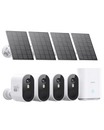
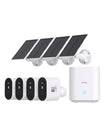
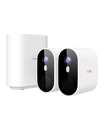
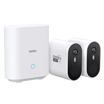
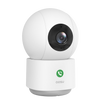
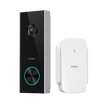
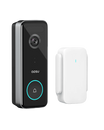
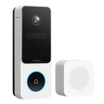
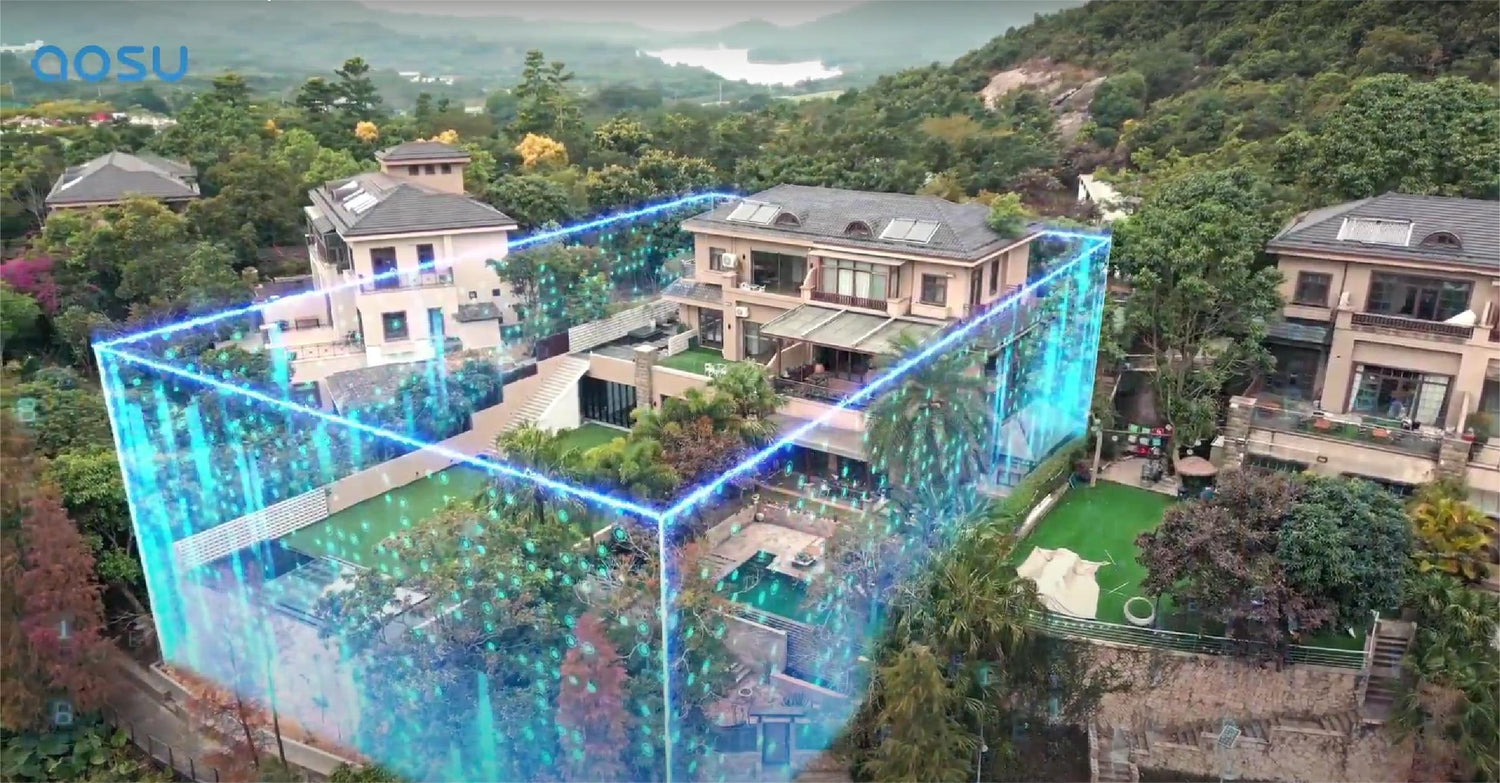
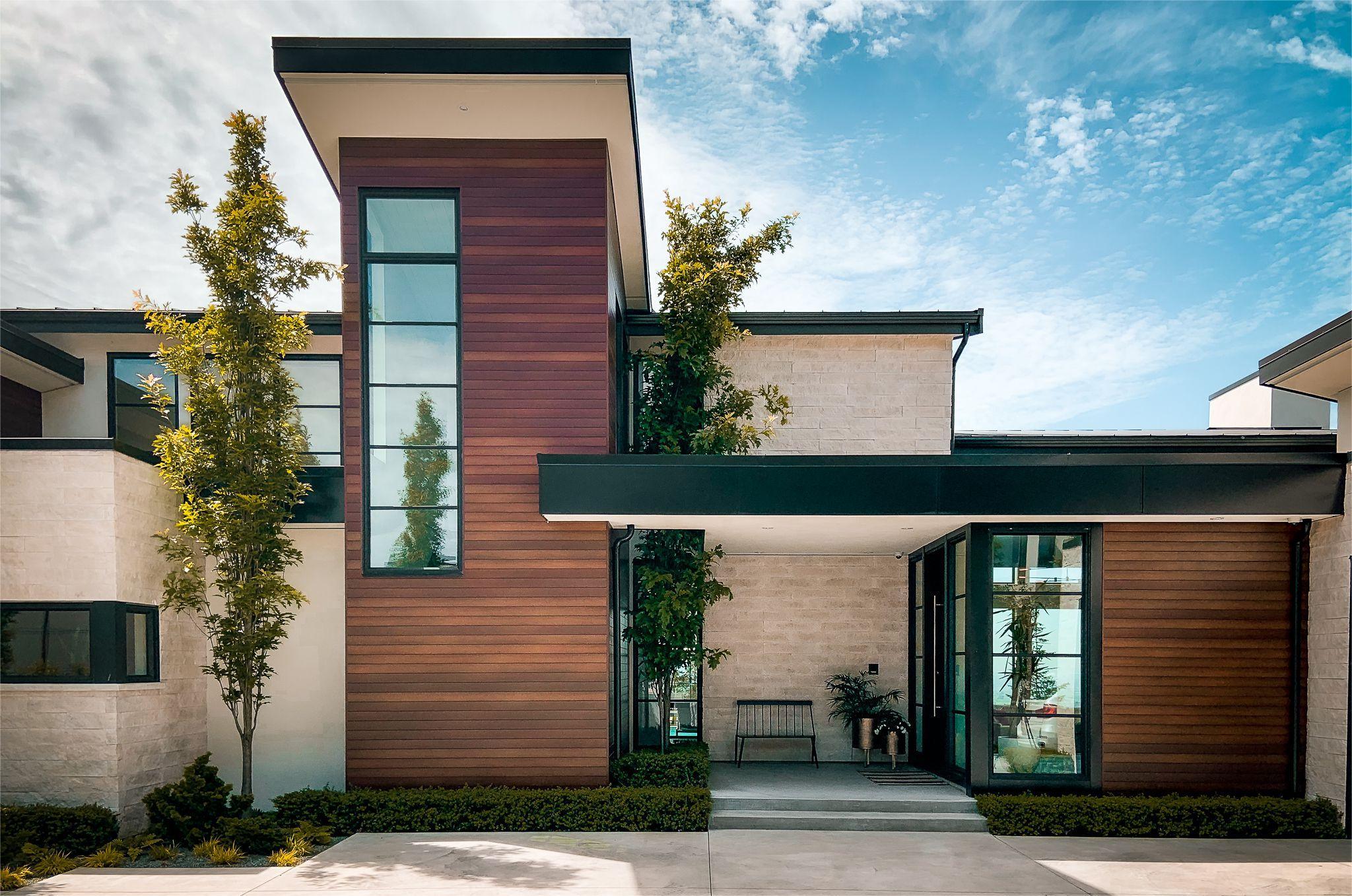
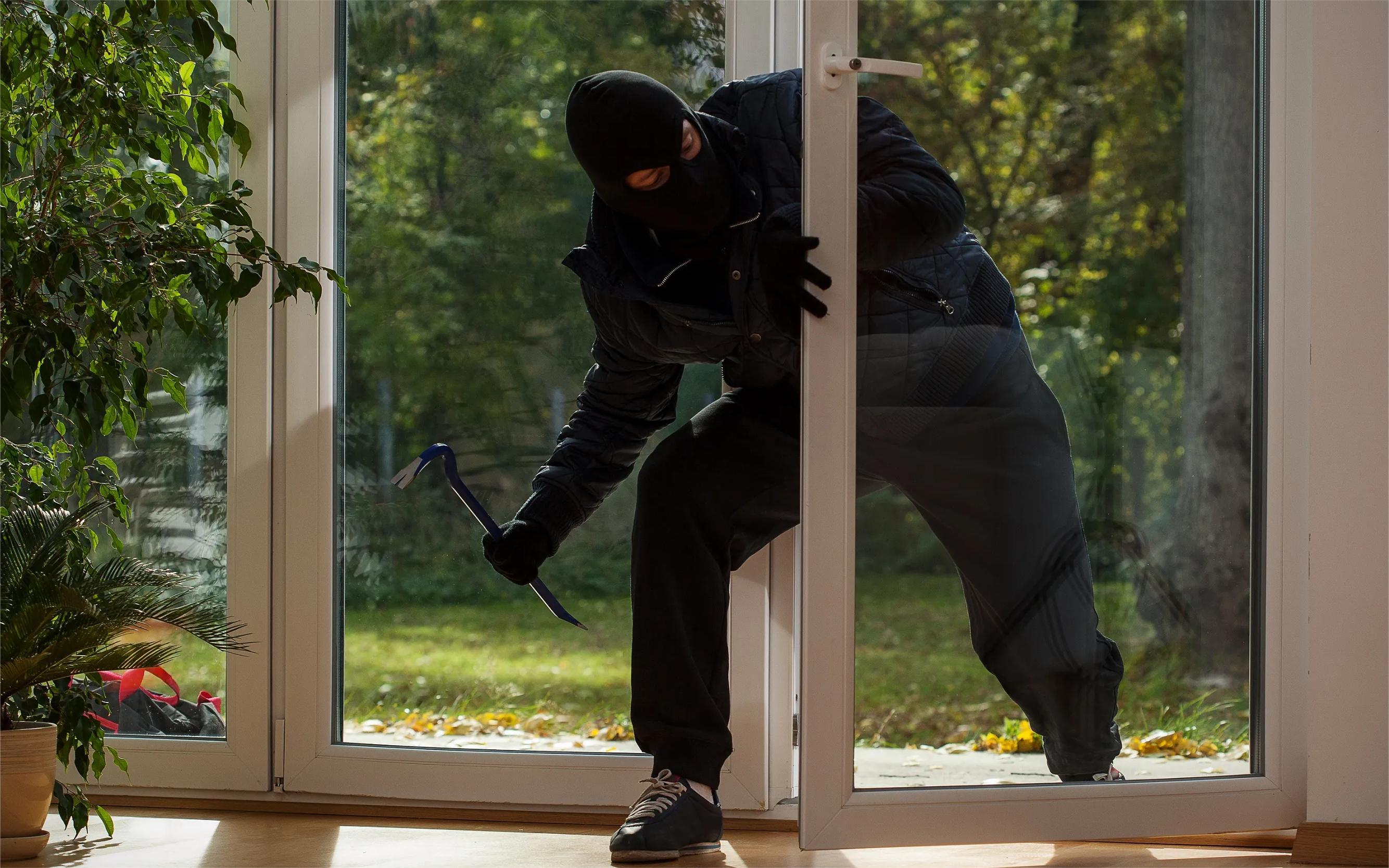

Zostaw komentarz
Ta strona jest chroniona przez hCaptcha i obowiązują na niej Polityka prywatności i Warunki korzystania z usługi serwisu hCaptcha.